For the summer of 2008, the Silkroad Foundation, in conjunction with the National Museum of Mongolian History and the University of Pennsylvania, will be sponsoring excavations and surveys in the Altai Mountain region of Khovd aimag, Mongolia.
The Mongol-American Khovd Archaeology Project aims to advance material investigations of the peoples and cultures of the Altai Mountains, a crucial region between the nomads of the Mongolian steppes and the Silk Roads area within present-day northwest China. Chinese historical documents attest to the emergence of a strong nomadic confederacy called the Xiongnu in the late first millennium BCE which held sway over the steppe and mountain regions north of the Chinese realm for several centuries and well into the Common Era. Our understanding of this nomad polity and its constituents has, within the past few decades, been transformed by archaeological discoveries not only of royal tombs but of standard- burial graveyards, regional analyses and settlement studies. A wealth of new material is being unearthed, and new methods are being applied to its analysis. Excavations in 2008 will take place at three separate Xiongnu cemeteries – Baishin uzuur in the low valleys, Dood Takhilt adjacent to the elite cemetery of Takhilt, and Shombuuzin belchir in the high mountain pass - to analyze the relationship between those interred in different geographic locales of the Altai region of Khovd and the degree of variation between sites attributed to the Xiongnu in the western periphery and those elsewhere in Mongolia. The project offers a variety of excavation activities with focuses on the analysis of human remains and processes of in-field conservation. In addition, several lectures will be provided on-site, and a cross-country trips between Ulaanbaatar and Khovd will allow participants to see a large collection of sites within varied geographic zones and relating to different periods of Mongolian history and culture.
This program provides an exciting opportunity for participants with a wide range of interests. Participants need no special training, but should be prepared for physical activity and wilderness camping (no electricity and living on the steppes in Mongolian tents) for extended periods of time. Participants will be given training on archaeological survey and excavation, including proper methods of unearthing, documenting and mapping the materials. If you have excavation experience, we welcome your assistance, and if you have not, we look forward to the learning process! The most important things you need for this project are: 1) patience and a good sense of humor; 2) the ability to adapt to radically different cultures and climates and environments (without electricity and all the trappings that go with it); and 3) a sense of adventure, for we will be traveling to and seeing some fantastic places!
More details on Takhilt Xiongnu Cemetery.
Language: The official language of the expedition is English. Lectures by local Mongolian scholars will be translated.
Schedule and Itinerary:
June 19 Tour of National Museum of Mongolian History and Introductory Dinner
June 20-22 Trip from Ulaanbaatar to Khovd, Darvi sum (southern route)
June 23-July 4 Excavations at Baishin uzuur
July 5 Move to Manhan sum
July 6-10 Excavations at Dood Takhilt
July 11-12 Naadam Festival and Excursion to Tsenkher Cave
July 13 Move to Monkhkhairkhan sum
July 14-24 Excavations at Shombuuzin belchir
July 25 Excursion to Uyench Pass
July 26-29 Trip from Khovd to Ulaanbaatar (northern route)
July 30-31 Lab work at the National Museum
July 31 Farewell Dinner

Site Descriptions:
Tsenkher Cave:
Tsenkher cave lies a few kilometers further up the Khoit
Tsenkher river valley from the site of Takhilt cemetery.
Here can be found some of the earliest cave paintings in
Mongolia and in the world. Animals are painted on the walls
of the cave in an array of red, black and white.
Uyench Pass:
The Uyench river valley at the southern end of this mountain
pass through the Altai has numerous sections of rock wall
carved with animals, chariots and hunting scenes from the
Bronze Age through Turk period. Some of the most famous
rock-cut art in Mongolia, for example the often depicted
Xiongnu chariot with escorts, can be found on the walls of
this canyon.
Baishin uzuur, Darvi sum, Khovd aimag:
Several Xiongnu cemeteries have been found in Darvi sum amongst the foothills. Excavations in 2008 will focus on two sites in the vicinity of a hill named Baishin uzuur. One site is a small cluster of eight features where we will excavate several graves. The more significant site consists of over thirty Xiongnu period graves on the eastern slope of a small hill, two small Bronze Age burials on the western side, and a dense collection of Turkik inscriptions on the boulders on top of the hill. We will excavate several graves at this site, including the two Bronze Age burials, several small Xiongnu graves, and a large circular Xiongnu grave with adjacent burials and a line of stones to the north. This manner of stone line was excavated for the first time in 2007 at Takhiltin-khotgor, and we found ritual deposits of burnt animal bone. It is our goal to further investigate this phenomenon of ritual stone lines outside the context of the more elite tomb complexes like those at Takhiltin-khotgor.
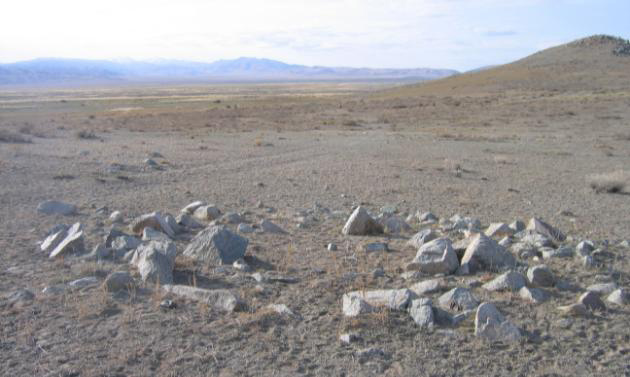
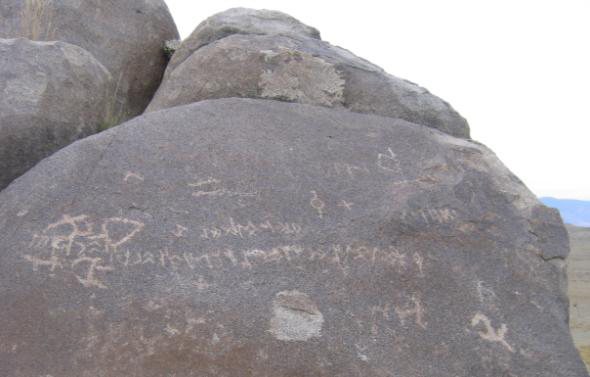
Dood Takhilt, Manhan sum, Khovd aimag:
The elite Xiongnu cemetery of Takhitin-khotgor sits in a flat area between two river valleys: the Khoit (North) Tsenkher River and the Dund (Middle) Tsenkher River. In summer 2007, while excavating at this elite cemetery, surveys of the Khovd Archaeology Project discovered two small groups of Xiongnu period graves nearby the elite grounds and next to the Khoit Tsenkher River. In 2008, we will excavate two graves here; one with apparent accompanying interments and another with a stone line to the north.
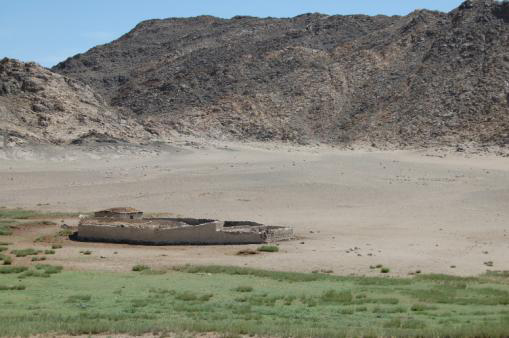
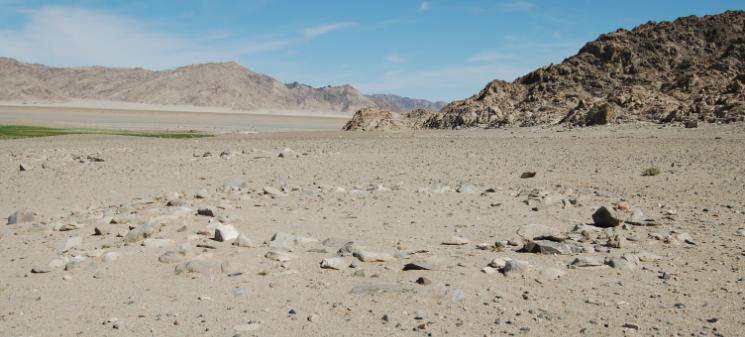
Shombuuzin belchir, Monkhkhairkhan sum, Khovd aimag:
Numerous Xiongnu cemeteries and Bronze Age monuments were documented in the Altai mountain pass area of Monkhkhairkhan sum during surveys in 2006, and one of the larger sites is located in a mountain niche called Shombuuzin belchir. We will excavate a long cluster of burials here, including a large circular grave with a stone line to the north.
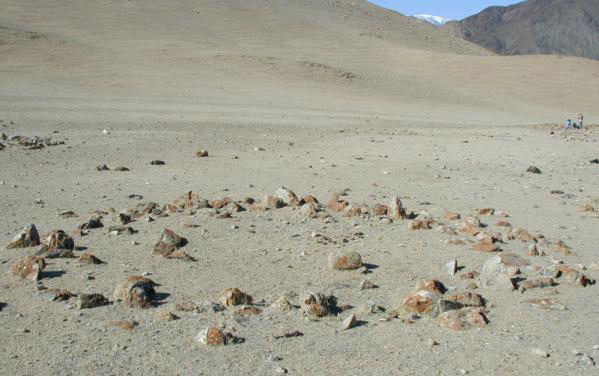
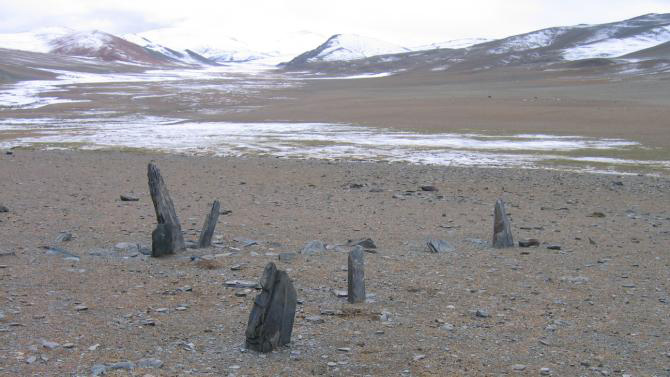
Program Fee:A tax deductible donation of $1500. This donation does not include airfare, visas nor incidentals in Ulaan Bataar and Khovd.
Preparations: Participants should be prepared for physical activity and wilderness camping for extended periods of time. We are going out on the Mongolian steppe and will be anywhere from 50 km to 150 km from any sizable towns. We will live in gers (Mongolian traditional tent houses), without electricity and plumbing. Access to water, for bathing and drinking, will be a river nearby the campsite, so participants will need to bring water filters (or share with other participants). The diet will be heavy on sheep and dairy products. Vegetarians will have a difficult time with such a diet, and thus will need to come prepared with some of their own additional food options.
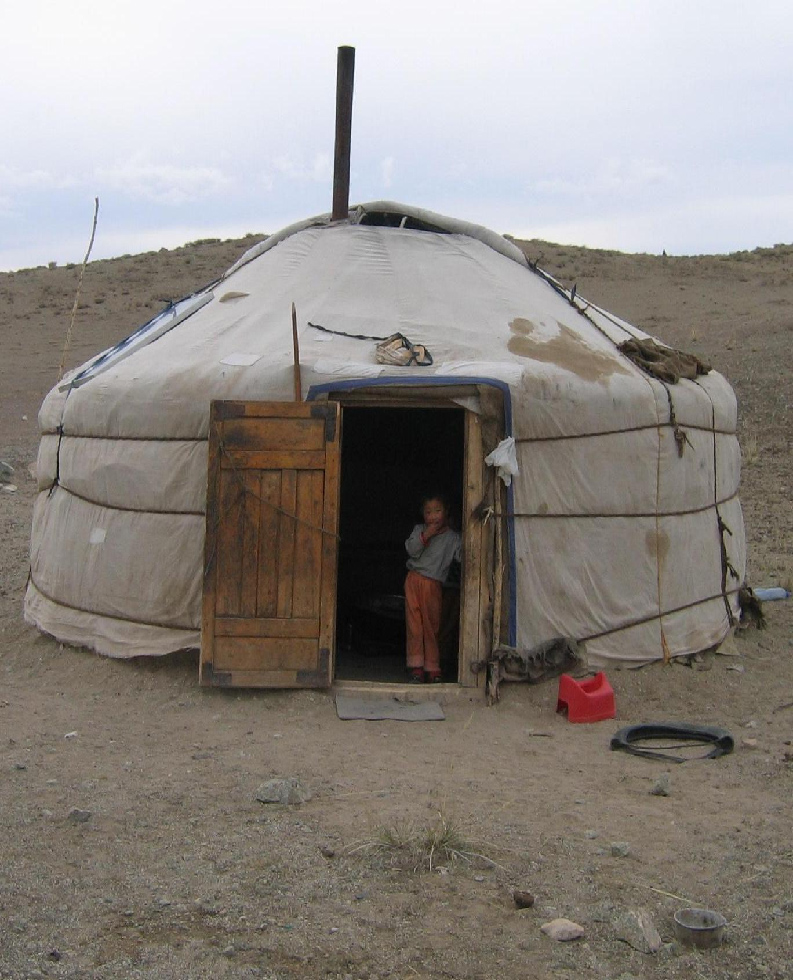
Application/Deadline: The online application should be submitted
to the Silkroad Foundation by 1/1/2008. We will notify those accepted
by 1/15/2008, so please be available for contact during this time. Please send email to excavation08@silkroadfoundation.org for any questions.
